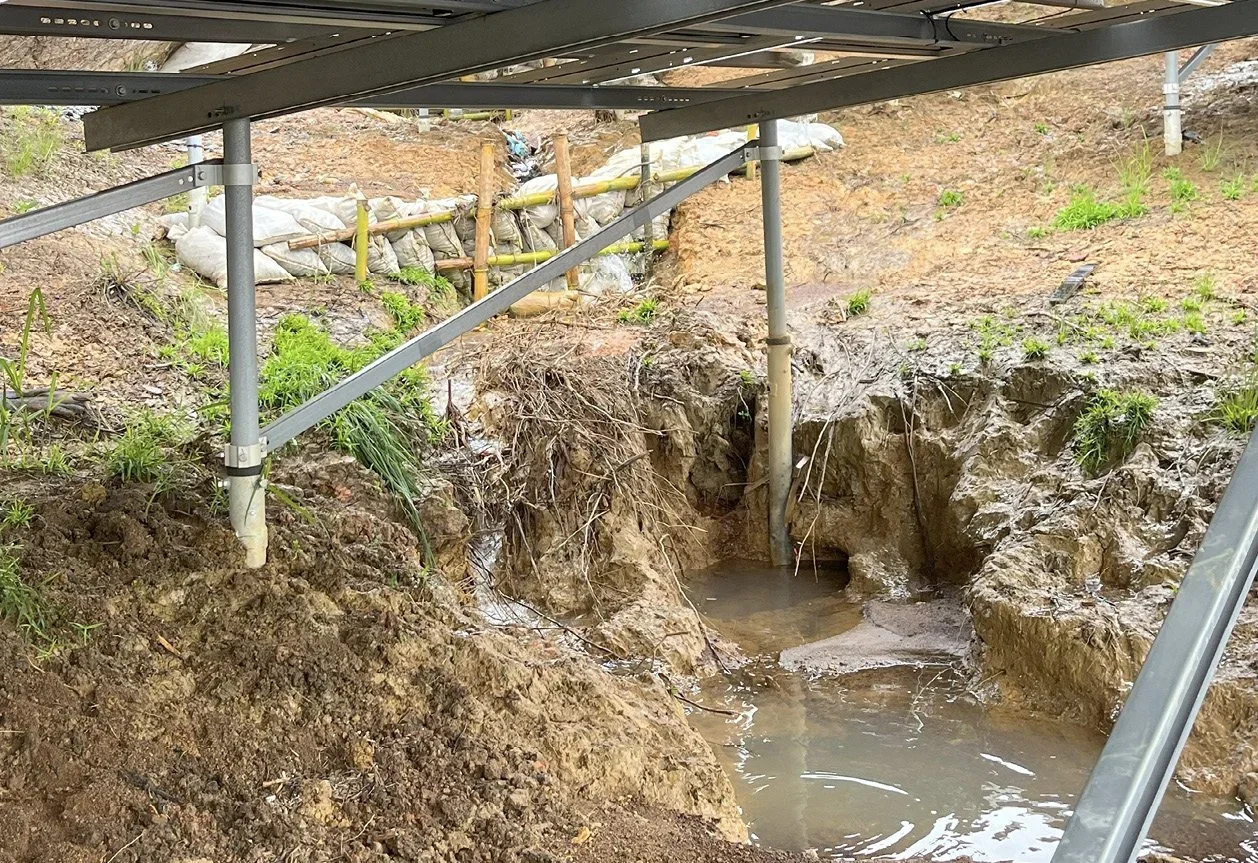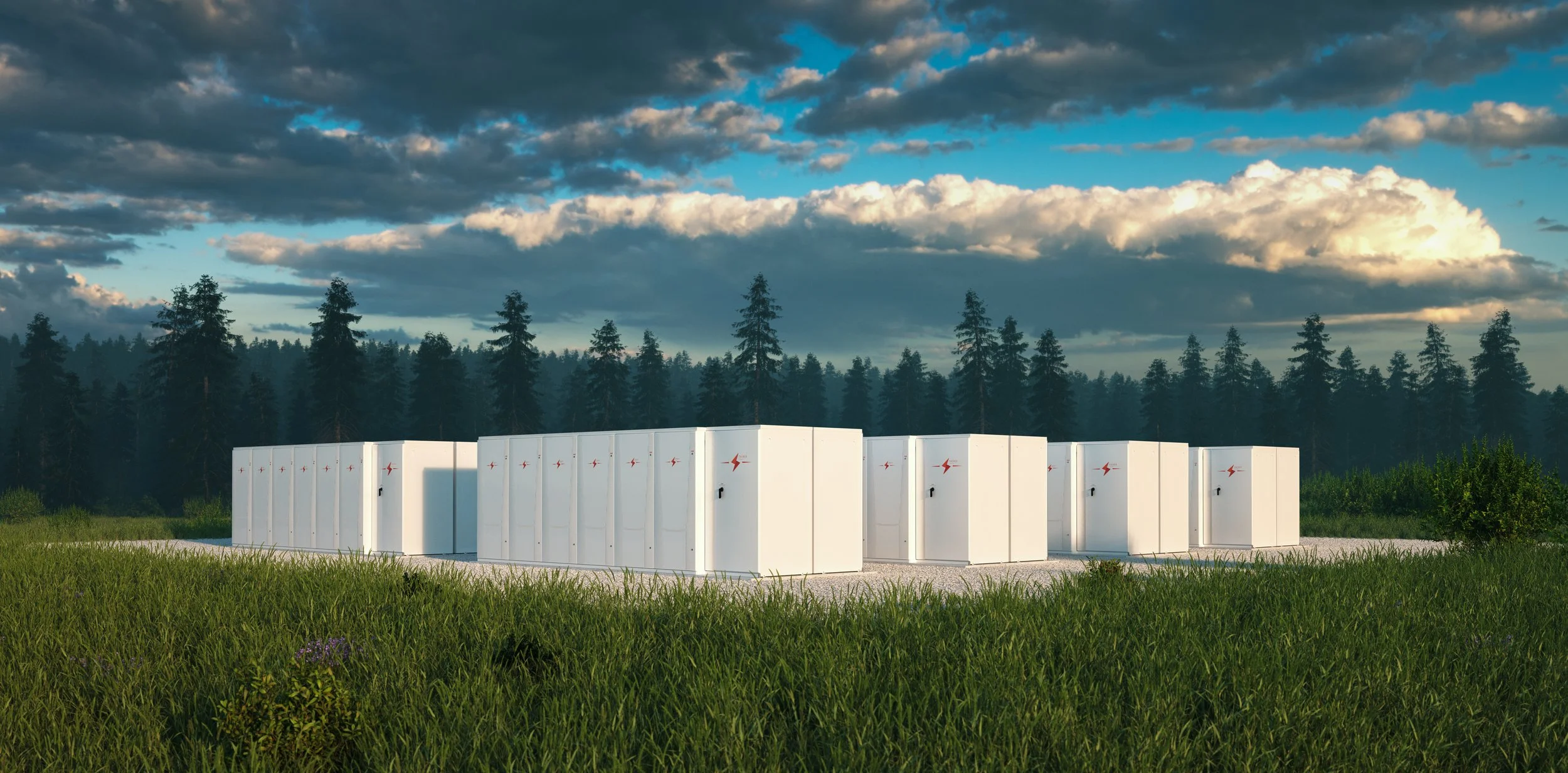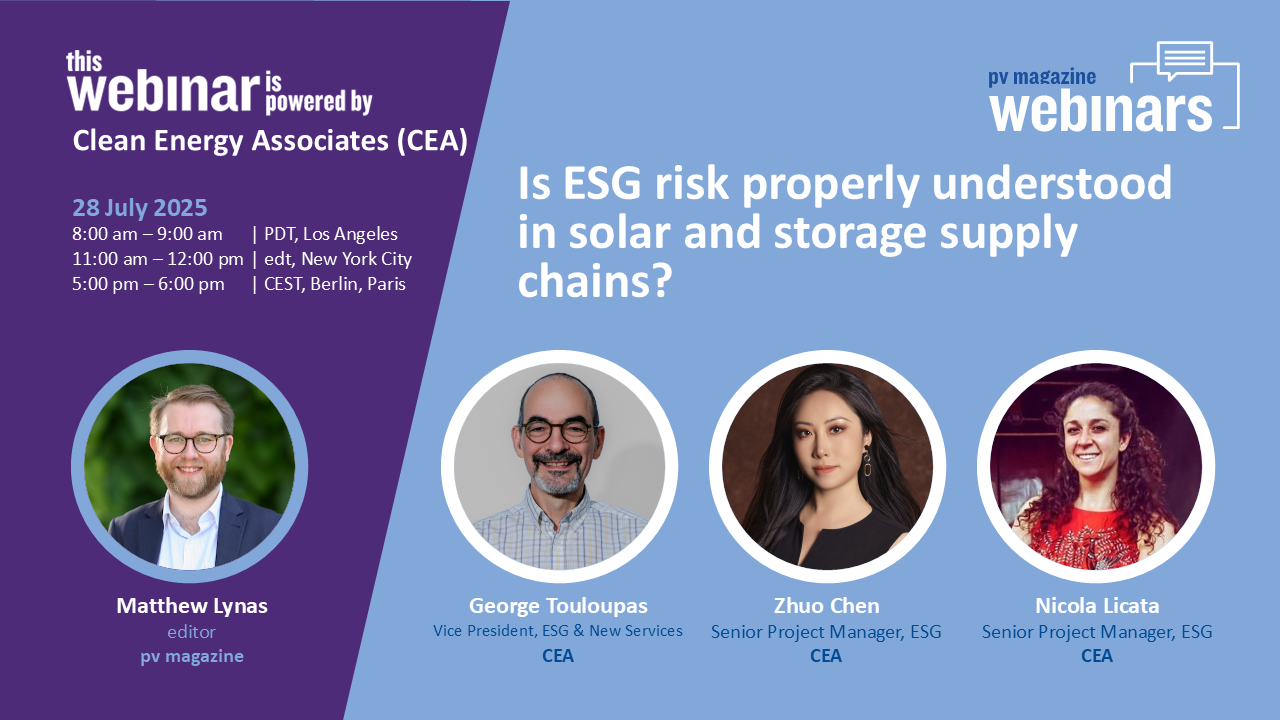News
US Solar Could Lose 60GW by 2030 Due to Executive Order — PV Tech
In this PV Tech article, CEA’s analysts warn the U.S. could lose 60GW of planned solar by 2030 as Trump’s executive order tightens tax credit rules, raising construction thresholds and prompting developers to accelerate project timelines.
PV Supply, Technology, and Policy Report (Q2 - 2025)
The quarterly published PV STPR covers global and regional supply chain analysis, technology trends, and regional policy analysis through early July 2025.
U.S. Could Lose 60 GW of Solar if Trump’s “Start of Construction” Rules Tighten — pv magazine
In this pv magazine article, Clean Energy Associates forecasts a significant drop in solar installations if the Department of Treasury strictly enforces an executive order from the White House related to timelines for tax credit eligibility.
Floodplains and Fault Lines
In this PV Magazine article, Intertek CEA's engineering experts highlight how overlooked site-specific challenges such as poor soil conditions, flash floods, complex terrain, and extreme wind loading in Southeast Asia can derail solar projects if not addressed early through rigorous engineering and civil due diligence.
Avoiding Costly Defects in Energy Storage: A Developer’s Guide to Quality Assurance
In this article, originally published in MESIA's Mid-year Solar Report 2025, Jeff Zwijack, Associate Director of Energy Storage at Intertek CEA, explains that most defects in battery energy storage systems arise during system-level integration rather than cell or module production.
Warning of Renewed Forced-Labour Enforcement in US After Hanwha Cells Reportedly Detained — PV Tech
In this PV Tech article, Clean Energy Associates warn U.S. forced-labour enforcement is rising after Korean-made Hanwha solar cells were detained at Long Beach, allegedly linked to polysilicon from Xinjiang.
The US Budget Bill: Implications for Energy Storage Markets & Manufacturing
In this Energy Storage News webinar, Intertek CEA Market Intelligence experts Daniel Finn-Foley and Christian Roselund explore the implications of the U.S. budget reconciliation bill, H.R. 1, for the energy storage industry.
Is ESG Risk Properly Understood in Solar and Storage Supply Chains?
In this pv magazine Webinar, Intertek CEA’s supply chain experts—George Touloupas, Vice President of ESG & New Services, and Senior Project Managers Zhuo Chen and Nicola Licata—outline key ESG risks and share best practices for documenting and mitigating them.
PV Supplier Market Intelligence Report (Q2- 2025)
The PV SMIP provides a comprehensive and unbiased analysis of the top PV module manufacturers in the world. It offers detailed insights into capacities, technology, and efficiency roadmaps, along with Manufacturing, Capacity, and Technology (MCT) ratings for each supplier.
Trust But Verify: How to Ensure BESS Quality Before It’s Too Late
In this SunCast webinar, Jeff Zwijack, Intertek CEA’s Associate Director of Energy Storage, shares key insights on common quality issues found in BESS factories and how project teams can proactively mitigate risks through smarter supplier selection, contract safeguards, and robust QA practices.
21GWh of US ESS Cell Manufacturing Capacity Cancelled This Year — Energy Storage News
In this Energy Storage News article, Clean Energy Associates report that about 21 GWh of planned U.S. energy storage cell manufacturing capacity (for 2028) has been cancelled in 2025, citing new tariffs, duties, and policy shifts.
CEA: 21 GWh of Battery Energy Storage Factories Cancelled So Far in 2025 — pv magazine
In this pv magazine article, Clean Energy Associates report that 21 GWh of planned U.S. battery energy storage factories were cancelled so far in 2025, largely due to financing issues and policy uncertainty.
ESS Price Forecasting Report (Q2 - 2025)
The ESS Price Forecasting Report provides an in-depth five-year forecast for the price of a DC battery container, including battery cells, modules, racking, and additional balance of system needed for a containerized battery system.
ESS Supply, Technology, and Policy Report (Q2 - 2025)
The quarterly published Energy Storage STPR covers global and regional supply chain analysis, technology trends, and regional policy analysis. This quarter the focus is on new efforts for stackable BESS technology, the potential for non-lithium-ion technology as a tariff solution, and insights from a battery fire safety expert on myths vs. reality and best practices.
ESS Supplier Market Intelligence Report (Q2- 2025)
The latest Energy Storage System (ESS) Supplier Market Intelligence Report includes concise and standardized analyses of major LIB cell suppliers and BESS integrators, focusing on global production capacities, product portfolios, and notable projects.
Intertek CEA Audit Prevents Unsafe Equipment from Reaching Client and Reveals Supplier Misconduct
This article highlights how Intertek CEA’s audit prevented defective battery cabinets from reaching a project site and exposed the supplier’s resale of unsafe equipment. The case underscores the importance of independent quality oversight.
Christian Roselund on SunCast: Domestic Solar Industry Faces Hard Realities
Christian Roselund, Intertek CEA’s Senior Policy Analyst, joins the SunCast Podcast to discuss the new House budget bill threats to solar.
28% of Energy Storage Systems Show Fire Suppression Issues during 2024 Factory Inspections
In kWh Analytics’ latest Solar Risk Assessment report, Intertek CEA highlights that fire suppression system issues were identified in 28% of energy storage systems during factory inspections.
pv magazine Test: April 2025 Results
George Touloupas, Vice President of ESG and New Services at Intertek CEA, and Huatian Xu, Intertek CEA’s Director of Technology and Quality, analyze the April 2025 results from the pv magazine test outdoor installation in Yinchuan, China.
Pain in the Glass
Solar modules are growing larger, thinner, and more powerful—but a recurring issue is emerging worldwide: broken glass. According to Intertek CEA’s Joerg Althaus, these cracks often start near the frame or clamps and can spread from a few panels to thousands, without any obvious cause like hail or mishandling.















